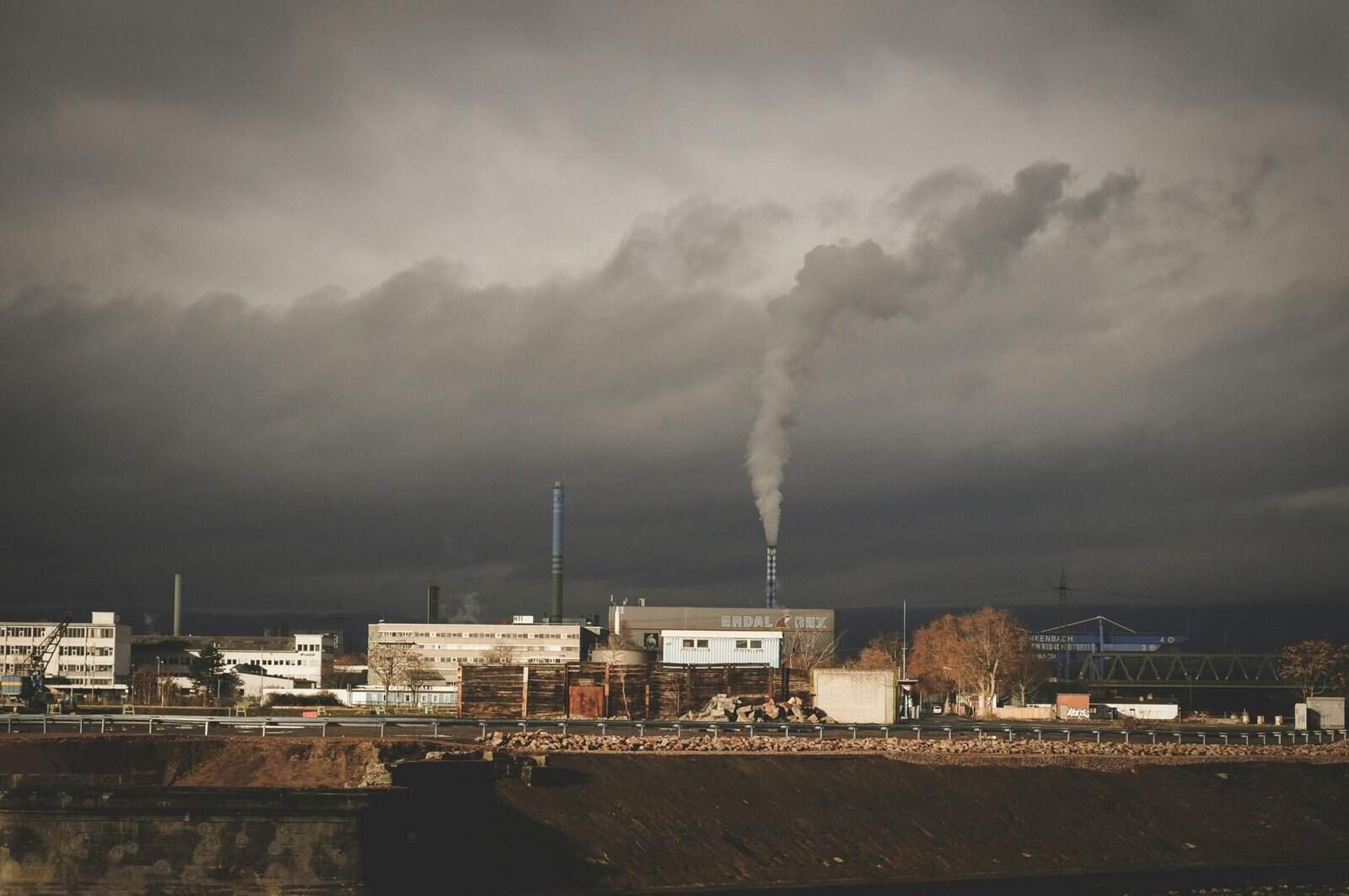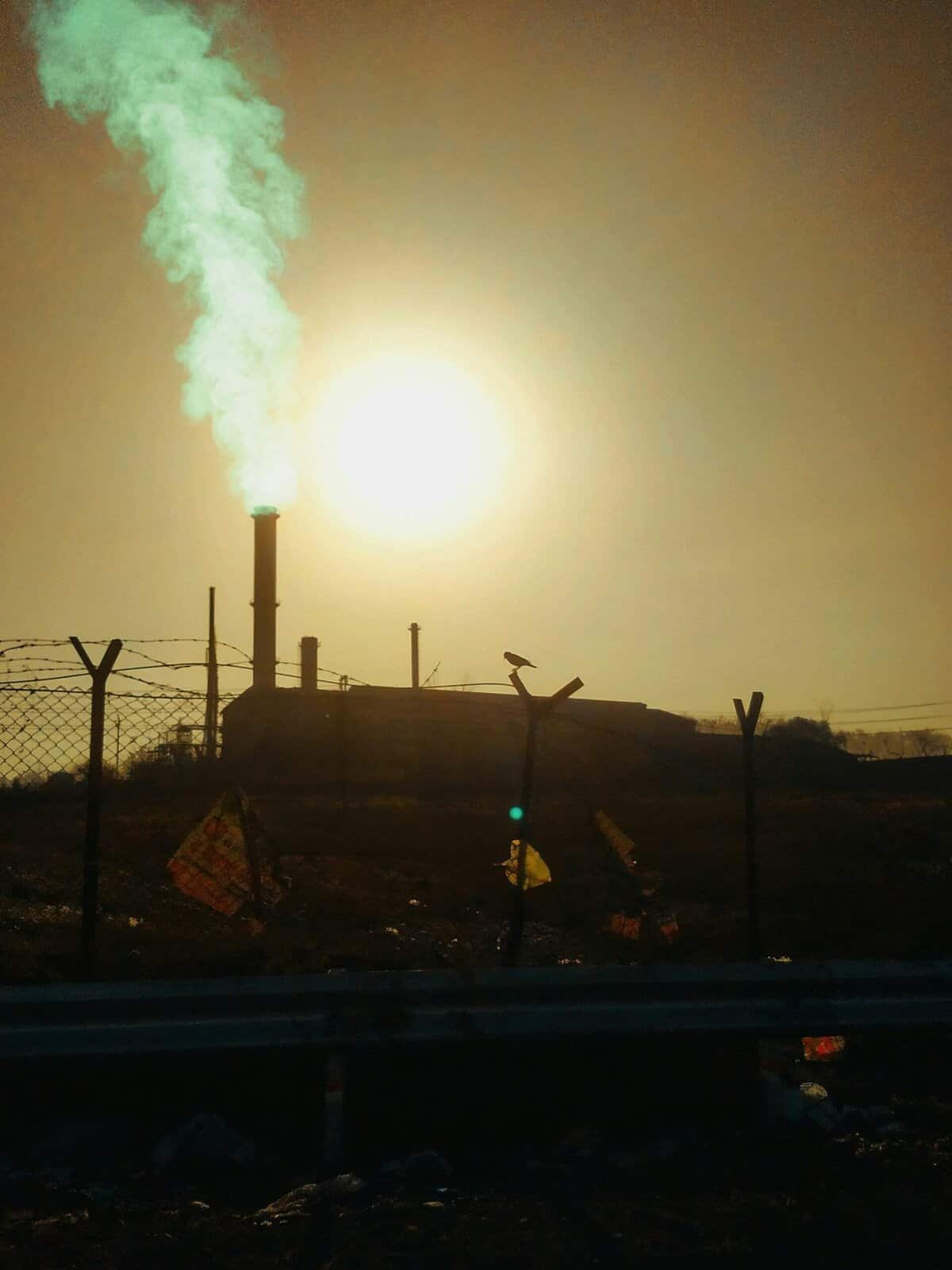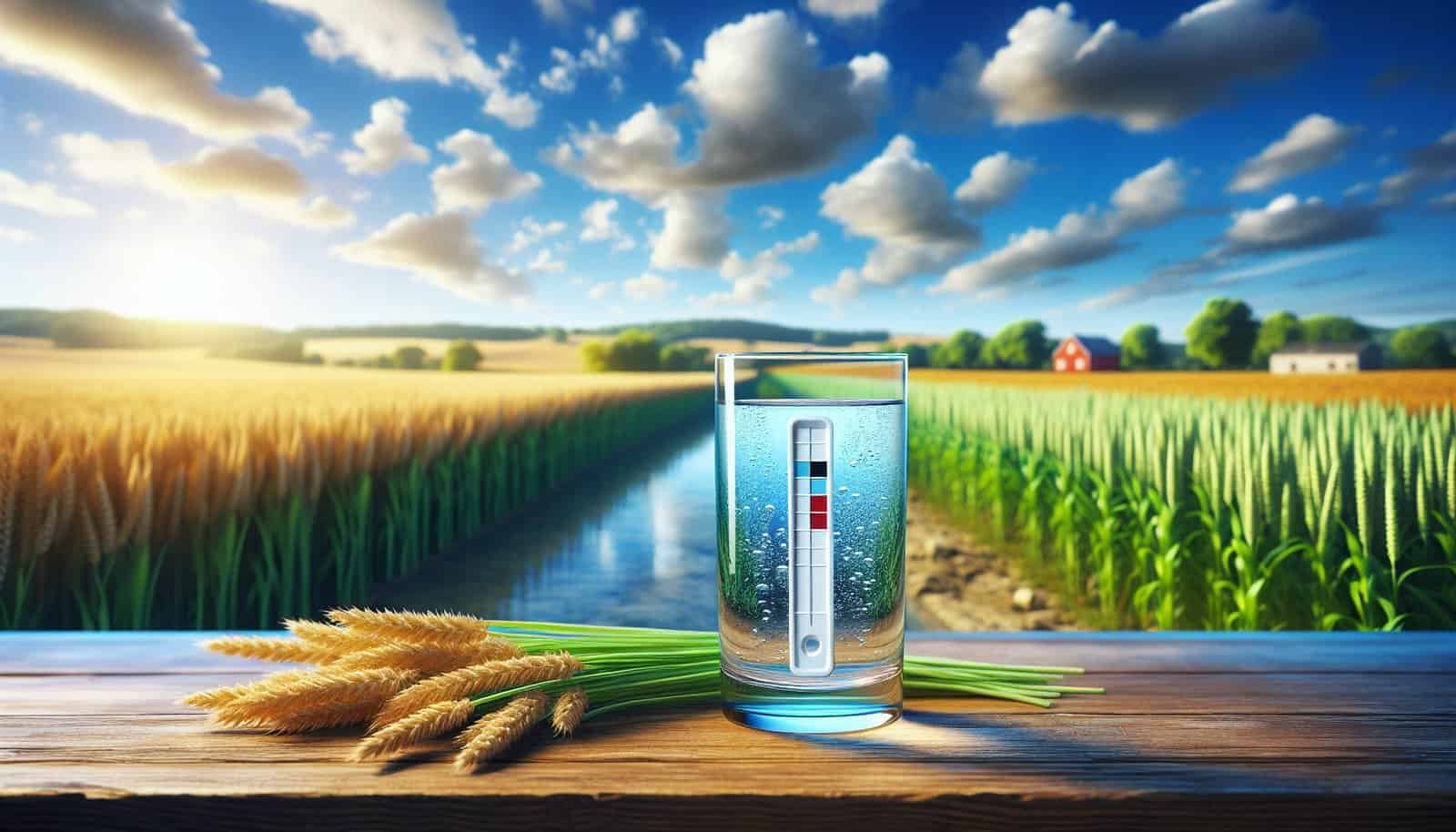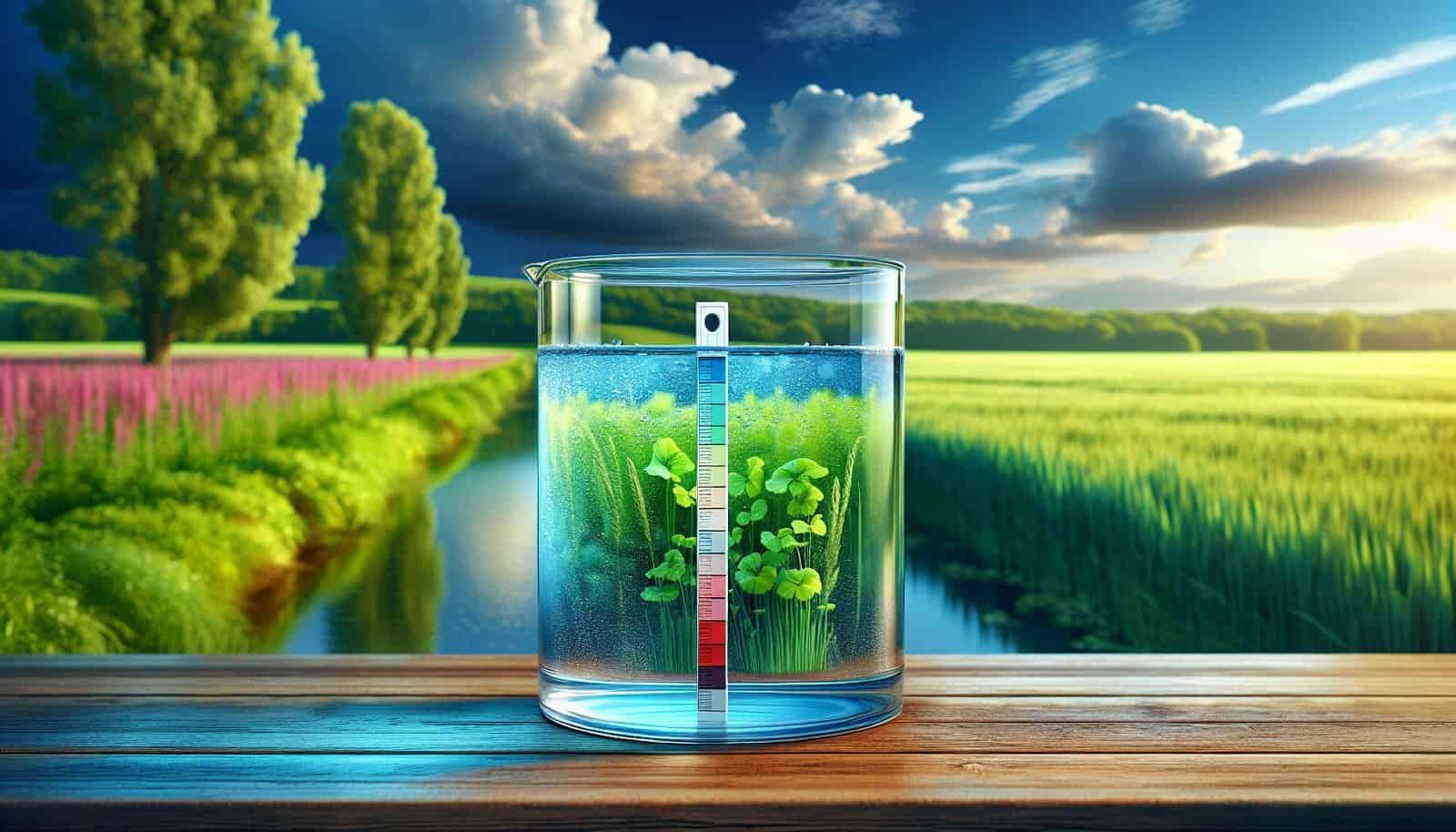Have you ever wondered what’s lurking in your drinking water? Perhaps you’ve heard the term “nitrate contamination” tossed around but aren’t quite sure what it means or why it should concern you. You’re not alone. Many people have similar questions when they first hear about this issue. Let’s unravel the mystery behind nitrate contamination, exploring what it is and why it’s a topic that deserves your attention.

Understanding Nitrate Contamination
Nitrate contamination refers to the presence of nitrate compounds in water sources, which could range from your local rivers and lakes to the groundwater that supplies your home’s taps. These compounds are naturally occurring and are an essential part of our ecosystem. However, when they exceed certain levels, they can become harmful to both human health and the environment.
What Are Nitrates?
To understand contamination, you first need to grasp what nitrates are. Nitrates are the result of nitrogen combining with oxygen. They are a necessary component of the earth’s nitrogen cycle, aiding in plant growth. This makes them a popular component of fertilizers. While essential, they become a problem when they seep into water sources in excessive quantities.
Sources of Nitrate Contamination
Various activities contribute to nitrate accumulation, such as agricultural practices, industrial processes, and even some natural occurrences. Here’s a closer look:
Agricultural Runoff: The use of fertilizers in farming often leads to the leaching of nitrates into nearby surface and groundwater sources.
Animal Waste: Large livestock operations produce waste that can infiltrate water supplies, adding to nitrate levels.
Septic Systems: Malfunctioning or poorly designed septic systems can leak nitrates into the surrounding soil and, eventually, water sources.
Industrial Waste: Certain industrial processes emit nitrates, which can find their way into water through improper waste management.
How Do Nitrates Enter Water Sources?
Nitrates themselves are water-soluble, meaning they dissolve easily and travel through water systems. So, any practices or events that introduce nitrates into the soil can potentially lead to contamination of water sources. Once in the soil, they infiltrate aquifers and streams, which then distribute the nitrates further afield. Here’s how they typically make their way into your water:
Leaching: Rainfall or irrigation water can carry nitrate-rich particles from the surface deep into the ground, eventually reaching groundwater sources.
Runoff: During rains, nitrates present on the surface can flow into rivers, lakes, and reservoirs.
Health Risks Associated with Nitrate Contamination
Now that we’ve discussed what nitrate contamination is and where it comes from, let’s focus on why it should concern you. The presence of nitrates in your drinking water can pose serious health risks.
Infants and Blue Baby Syndrome
One of the most severe risks associated with high nitrate levels is methemoglobinemia or “blue baby syndrome,” which affects infants. Their bodies can’t efficiently process high nitrate levels, leading to a decrease in oxygen delivery to cells, which is critical for development.
Potential Cancer Risks
Some studies suggest a correlation between long-term nitrate exposure and an increased risk of certain types of cancer. Nitrates can transform into nitrites in the body, and subsequent reactions can form nitrosamines, compounds with known carcinogenic properties.
Other Health Concerns
Adults aren’t immune to nitrate contamination, either. High levels can affect oxygen transport in the blood for everyone, leading to symptoms such as headaches, dizziness, or an increased heart rate.

Environmental Impacts of Nitrate Contamination
Beyond posing health risks, nitrate contamination can wreak havoc on the environment. Understanding these ecological impacts can shed light on why addressing nitrate pollution is crucial.
Eutrophication of Water Bodies
When excessive nitrates enter aquatic systems, they stimulate the overgrowth of algae and aquatic plants. This process, known as eutrophication, can deplete oxygen levels in the water, harm aquatic life, and lead to so-called “dead zones.”
Impact on Biodiversity
Eutrophication and reduced oxygen levels can alter the natural balance of ecosystems. Fish and other aquatic organisms may not survive, leading to reduced biodiversity and altering food chains.
Soil Health Degradation
High nitrate levels can also affect soil health. Over fertilization, which leads to nitrate contamination, can disrupt soil nutrient balance, affecting the growth and health of plants.

Preventing and Managing Nitrate Contamination
After learning about the harmful effects, you’re probably wondering what can be done to prevent or mitigate nitrate contamination. The good news is that several strategies can help.
Agricultural Practices
Farmers can play a significant role in reducing nitrate levels through techniques like:
Crop Rotation and Cover Crops: These practices enhance soil health and reduce the need for synthetic fertilizers.
Precision Farming: Utilizing advanced technology for targeted fertilizer application minimizes excess and prevents runoff.
Buffer Strips: Planting vegetation near water sources can act as a natural barrier, preventing nitrates from seeping into waterways.
Improving Waste Management
For both industrial and agricultural operations, better waste management practices are crucial. This includes creating efficient waste storage systems and regularly monitoring waste output.
Upgrading Septic Systems
Homeowners should ensure their septic systems are functioning properly, with regular checks to prevent leaks that could lead to nitrate leaching.
Water Treatment Solutions
Municipal water treatment facilities are increasingly turning to advanced filtration technologies to remove nitrates. For individual homes with private wells, installing reverse osmosis systems can be effective.

Legislative Measures and Policies
Addressing nitrate contamination on a larger scale requires comprehensive policies and regulations. Many countries have implemented legal limits on permissible nitrate levels in drinking water, encouraging stricter controls on agricultural and industrial emissions. Here’s a hypothetical table illustrating a few country-specific nitrate limits:
| Country | Maximum Acceptable Nitrate Level (mg/L) |
|---|---|
| USA | 10 |
| Canada | 45 |
| European Union | 50 |
| Australia | 50 |
Policies need to be both supportive and punitive, encouraging good practices while penalizing negligence. Incentives for sustainable farming, along with penalties for exceeding safe nitrate levels, can drive change on a larger scale.

Conclusion
While the term “nitrate contamination” may have seemed abstract initially, you’ve learned how profoundly it can affect water quality, human health, and the environment. Nitrate contamination is a multi-faceted problem requiring a collaborative approach involving informed individuals, farmers, industries, and governments. By understanding the sources, risks, and solutions, you can play a part in safeguarding your health and the planet. Isn’t it worth taking those extra steps to ensure clean water for generations to come?
